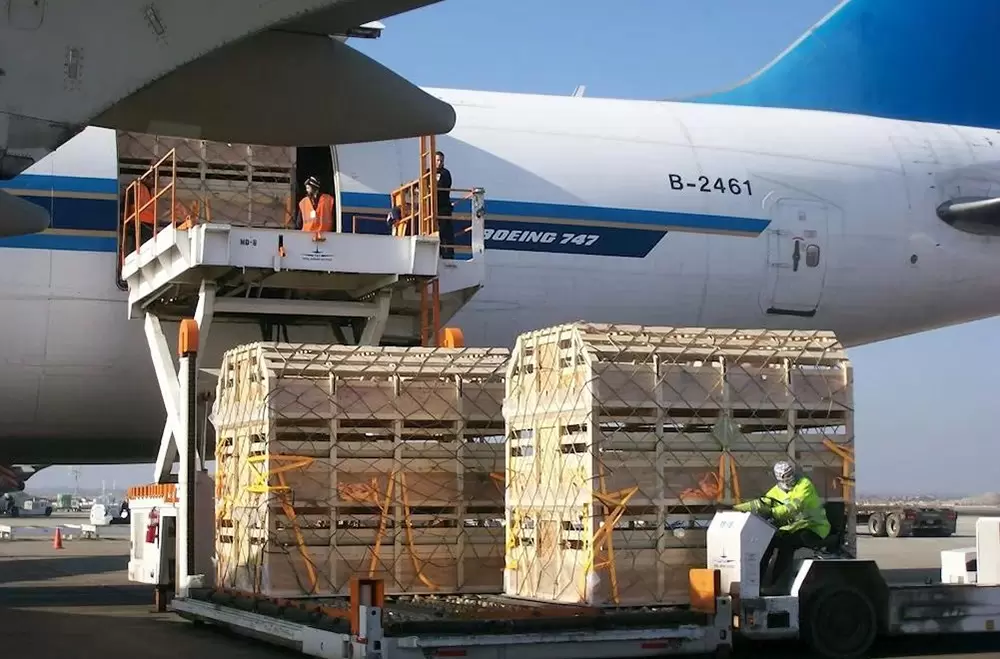Freight trains play a crucial role in the transportation of goods across vast distances. They are the backbone of global trade, efficiently moving cargo from one location to another. Have you ever wondered how far a freight train can travel in a single day? In this article, we will delve into the fascinating world of freight train logistics and explore the factors that determine their daily mileage.
- Train Speed and Distance:
The speed at which a freight train travels significantly impacts its daily mileage. On average, freight trains can reach speeds of up to 70 miles per hour (112 kilometers per hour). However, various factors such as terrain, weather conditions, and track conditions can affect the train's speed. Considering these factors, a freight train can cover an impressive distance of around 500 to 700 miles (800 to 1,125 kilometers) in a day. - Train Scheduling and Operations:
Efficient train scheduling and operations are vital to maximizing the daily mileage of freight trains. Rail companies meticulously plan routes, considering factors like track availability, maintenance schedules, and traffic congestion. By optimizing these aspects, they ensure that trains can travel longer distances within a given timeframe. - Crew Shifts and Rest Periods:
Freight trains operate around the clock, requiring multiple crew shifts to keep them running smoothly. Train crews typically work in shifts of 8 to 12 hours, ensuring that the train is constantly moving. However, crew rest periods are essential to maintain safety and prevent fatigue-related accidents. These rest periods are carefully scheduled to minimize downtime while prioritizing crew well-being. - Freight Train Technology and Innovations:
Advancements in technology have revolutionized the efficiency and speed of freight trains. From improved locomotive engines to advanced braking systems, these innovations have contributed to increased daily mileage. Additionally, the use of computerized systems for monitoring and controlling train operations has enhanced overall efficiency and reduced delays. - Infrastructure and Track Conditions:
The condition of railway infrastructure and tracks directly affects the speed and mileage of freight trains. Well-maintained tracks, efficient signaling systems, and modernized infrastructure enable trains to travel at higher speeds, covering longer distances in a day. Investments in infrastructure upgrades and maintenance are crucial for optimizing freight train operations.
Conclusion:
Freight trains are capable of covering impressive distances in a single day, thanks to a combination of factors such as train speed, efficient operations, crew scheduling, technological advancements, and infrastructure conditions. On average, a freight train can travel around 500 to 700 miles (800 to 1,125 kilometers) in a day. However, it's important to note that these figures can vary depending on various factors. By continuously improving and optimizing these factors, the transportation industry can further enhance the efficiency and productivity of freight train operations.

